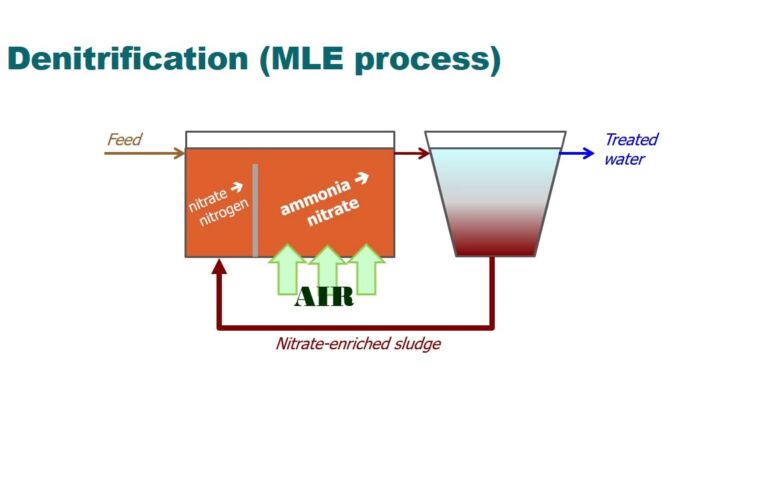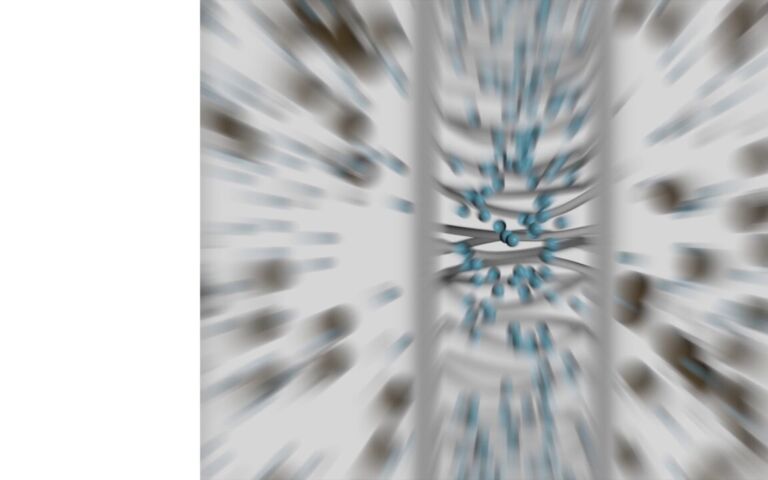Industrial MBRs − pulp and paper sector

Membrane bioreactors in the pulp and paper sector
The water demand of the pulp and paper (P&P) industry is very significant in terms water required per mass of product, as with many other water-intensive industrial processes. However, technical advances combined with increasingly stringent environmental legislation have led to substantial reductions in the water demand.
In the case of the P&P sector, this has been associated primarily with changes in the initial digestion (or cooking) process, which consumes around 85% of the water used for producing pulp. There has also been increasing use of advanced water treatment technologies and strategies geared towards water reuse and resource recovery, along with anaerobic treatment for energy recovery.
Pulp and paper effluent characteristics
Pulp and paper effluent is characterised by:
- high levels of suspended solids,
- COD and BOD from the digestion process, along with
- chlorinated organic (and possibly toxic) products generated by the bleaching process.
Actual values for the water quality determinants vary considerably between applications according to the raw material, digestion process, bleaching sequence and paper mill integration. Apart from production process-related emissions, spill water sometimes arises from buffer tanks and other process steps, so the general condition of the mill also affects the wastewater quality.
Treating pulp and paper effluents
Treatment of P&P effluents has generally followed the classical process of primary clarification (either sedimentation or flotation), secondary biological treatment and clarification, and tertiary treatment.
For mechanical pulp production wastewaters, flocculation and chemical precipitation may also be appropriate. The choice of tertiary treatment technology depends on the required end water quality, and specifically whether reuse is the end objective. Options include granular activated carbon (GAC), membrane filtration, UV disinfection and ion exchange (IEX), with GAC being the most common for the removal of residual DOC.
The implementation of MBRs has become associated with P&P effluent reuse. As with other industrial sectors, implementation of water reuse in the P&P sector is dependent largely upon economics − either relating to the avoidance of punitive measures in the case of discharged pollutants, or to cost benefits offered by recovered reagents and/or water.
Further cost benefits may arise from reduced sludge production, if sludge generation is regarded as being particularly onerous, through operation at longer retention times in the case of the aerobic process. The high organic loads also lend these waters well to anaerobic treatment, offering both sludge solids reduction and energy recovery.
The overall high temperatures of P&P effluent make them suitable for thermophilic treatment. This may offer cost benefits due to reduced cooling costs, and simultaneously increase membrane flux.
Another advantage of MBRs, as for other industries, is the comparatively small footprint compared to the conventional activated sludge process, where the clarification step (commonly sedimentation) is separate from the activated sludge step. Keeping or making a small footprint is especially important where geographical expansion areas are limited, while emission demands are increasingly stringent.
Bench- and pilot-scale studies on pulp and paper wastewater (condensate and paper mill wastewater) indicate that high levels of COD reduction are possible using MBR technology. Studies have been based on both anaerobic and aerobic conditions and in both meso- and thermo-philic environments. Foul condensate seems especially conducive to MBR treatment. Economic analysis has revealed the technology to offer lower operating costs than those associated with conventional stripping.
Although there are currently few full-scale MBR systems installed for P&P industrial applications, increasingly stringent emission level requirements will almost inevitably lead to increasing implementation of the technology in the future.








